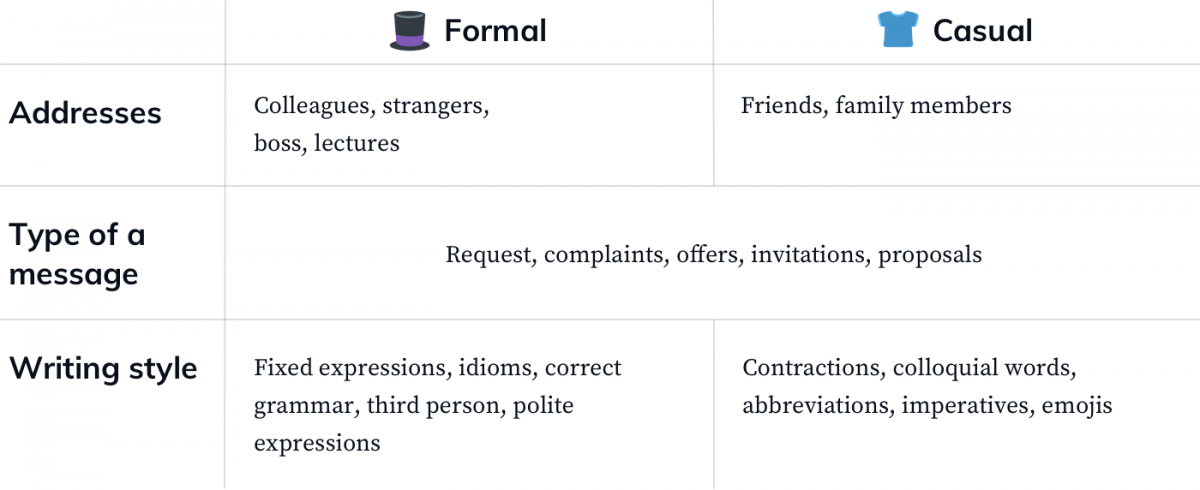Ray Tomlison. Massachusetts. 1971. This is when it all began. This is when the first email was sent and the first email communication took place.
And now, as the time goes by, billions of email messages are being sent and consumed by office workers, marketers, university lecturers and students every day as they hold the promise of quick and effective information distribution.
But… everyone – private individuals as well as public figures – will sooner or later have to face challenges that online communication poses. What Is Email Communication?

Email (or e-mail) communication can be defined as the exchange of short informational messages between at least two people over a computer network. These messages containing plain text, images or document attachments are delivered through email web-based services like Gmail, Outlook, or Yahoo.
7 Email Tips to Have a Lively Email Correspondence
Ensure a great email conversation with the following tips.
#1 Email Tip: Decide What Your Purpose Is
Before you even start composing an email, you need to make sure that the email channel is a fine choice for the message you want to send.
Time-sensitive issues and privacy-sensitive information might require a different communication channel.
For instance, imagine that you’re having a very important job interview first thing in the morning, but in the heat of the moment, you don’t remember whether the meeting was scheduled at 9 or 11 pm. Awaiting an email response from a recruiter can prolong in time and the response could come too late. One quick phone call, however, could settle the matter immediately.

Formal vs. informal writing style used in emails
It’s imperative to THINK first and act later. First and foremost, think about the purpose of the message, the impact it will make on the recipient (desired vs. undesired outcome), and only later choose the right means of communication.
It is believed that “the key to effective communication is to match the communication channel with the goal of the message” (Barry and Fulmer, 2004).
How to decide whether to email or not?
So, you want to send emails to:
- get hold of someone you haven’t talked to in a while,
- distribute information to a larger group of people (e.g. an employee spreadsheet),
- keep a written record of communication for future reference (e.g. business invoices),
- attach a file (e.g. a candidate’s CV).
And avoid them when:
- delivered information is confidential (e.g. personal ID number),
- delivered information is bad news,
- an immediate response is necessary.
#2 Email Tip: Decide on the Right Email Style
Think about the recipient (especially the type of relationship you two have) and try to determine what type of writing you’ll resort to using when exchanging messages with them.
It’s only natural that you’ll write an email invitation to a sleepover using an everyday type of language, and choose more advanced vocabulary to write a sick day email to your boss.
A generally accepted rule says that you should maintain a professional writing style (e.g. by using fixed expressions) when communicating with people at work (e.g. colleagues from other departments), people you don’t know (e.g. customers, associates) and those of a higher rank than you (e.g. boss, lecturers).

Formal vs. informal writing style used in emails
When corresponding with informal recipients (friends and family members), you’re free to use casual language similar to everyday speech.

 English
English French
French German
German



